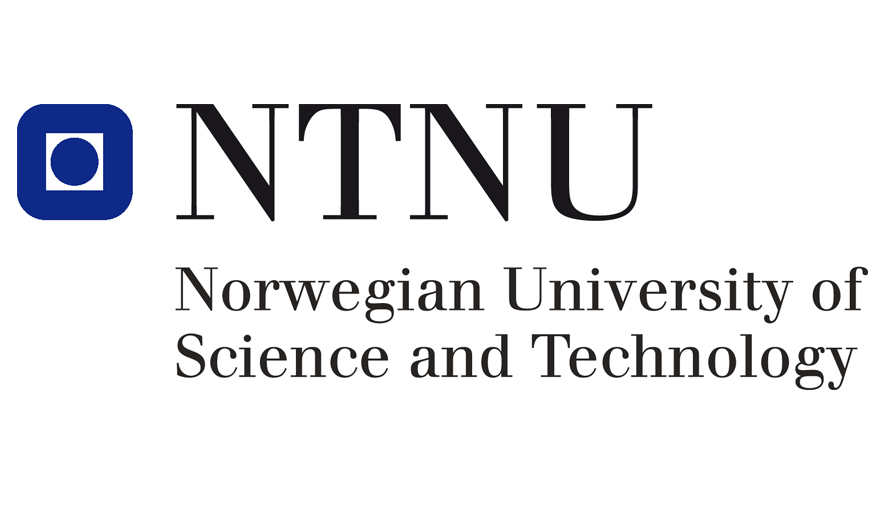The Norwegian University of Science and Technology (NTNU) has chief responsibility for higher education in the technological fields in Norway. Synergy resulting from the combination of marine, energy, and minerals technology and research is actively pursued at NTNU.
NTNU has considerable natural sciences and medical teaching and research capabilities, including extensive nanotechnology, materials testing, marine structures, and marine surveillance facilities. NTNU facilities form part of the European Carbon Dioxide Capture and Storage Laboratory Structure (ECCSEL).
With a long tradition in applied geosciences and technology related to natural resources such as oil, gas metals, minerals and building raw materials, NTNU is Norway’s leading research environment related to raw materials. Current EU collaborations include REE production and recovery value chain from tailings.
Examples of Centres of Excellence at NTNU awarded by the Norwegian Research Council include:
Centre for Autonomous Marine Operations and Systems (AMOS)
Sustainable Arctic Marine and Coastal Technology (SAMCOT)
NTNU’s closest strategic partner is SINTEF, one of the largest independent research organisations in Europe. In addition, NTNU has always maintained extensive contact and collaboration with industry.
Innovation examples: Relevant spin-off companies formed as a result of research from NTNU include optical sorting and deformable rock supports.
Unique within Norway, NTNU is the only institution which educates candidates with competence in mineral production and mineral processing at a higher level. This educational programme is the direct descendant of the Kongsberg Mining Seminar which began in 1757.
The video is an animation of the seafloor along Mohn’s Ridge (from Jan Mayen and then towards Svalbard). The film is part of an NTNU collaboration with Statoil, and is linked in with Ocean Resource mapping and production’

